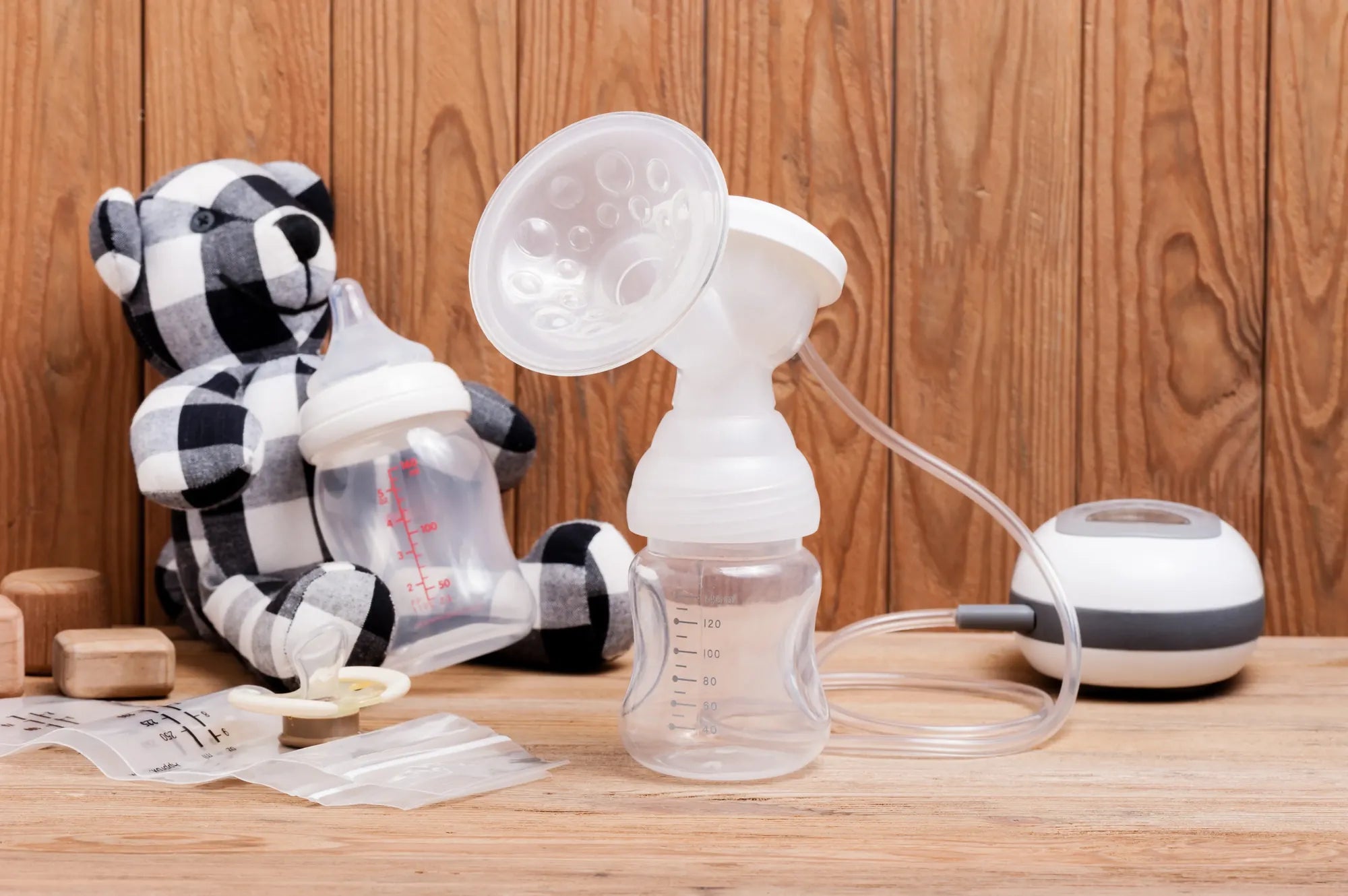Home
Pregnancy, Breastfeeding, and Pumping: The Ultimate Guide for Moms
How Much Suction Should a Breast Pump Have: A Comprehensive Guide

How Much Suction Should a Breast Pump Have: A Comprehensive Guide
When it comes to breast pumping, one of the most critical factors for success is finding the right suction level. Too much suction can cause discomfort or even injury, while too little may not effectively express milk. So, how much suction should a breast pump have? This guide will explore the ideal suction range, how to determine what works best for you, and why it matters for both comfort and efficiency.
Understanding Breast Pump Suction
Breast pump suction refers to the vacuum pressure created by the pump to mimic a baby's natural sucking motion. This suction helps stimulate milk flow and express milk from the breast. The suction level is typically measured in millimeters of mercury (mmHg), and most breast pumps offer adjustable settings to cater to individual needs.
What Is the Ideal Suction Level?
The ideal suction level varies from person to person, but most experts recommend a range between 220 mmHg and 250 mmHg. This range is considered safe and effective for most users. However, it's essential to start at a lower setting and gradually increase the suction until you find a level that is comfortable and effective for you.
Why Suction Level Matters
Choosing the right suction level is crucial for several reasons. First, it ensures that the pumping process is comfortable and pain-free. Second, it helps maximize milk expression, which is especially important for those who rely on pumping to maintain their milk supply. Lastly, using the correct suction level can prevent potential issues such as nipple trauma or breast tissue damage.
How to Determine the Right Suction for You
Finding the right suction level is a personal process. Here are some steps to help you determine what works best:
- Start Low: Begin with the lowest suction setting and gradually increase it until you feel a comfortable pull.
- Listen to Your Body: If you experience pain or discomfort, reduce the suction level immediately.
- Monitor Milk Flow: Pay attention to how effectively the pump expresses milk. If the flow is too slow, you may need to increase the suction slightly.
- Consult a Lactation Expert: If you're unsure about the right suction level, seek advice from a lactation consultant or healthcare provider.
Common Mistakes to Avoid
When adjusting the suction level, there are a few common mistakes to avoid:
- Using Too Much Suction: High suction levels can cause pain, nipple damage, and even reduce milk supply over time.
- Not Adjusting the Settings: Many people stick to the default settings, which may not be ideal for their needs.
- Ignoring Discomfort: Pain during pumping is a sign that something is wrong. Always adjust the suction level if you feel discomfort.
Tips for Optimizing Your Pumping Experience
Here are some additional tips to make your pumping experience more comfortable and efficient:
- Use the Right Flange Size: A properly fitted flange can make a significant difference in comfort and milk expression.
- Pump in a Relaxing Environment: Stress can hinder milk flow, so try to pump in a calm and comfortable setting.
- Stay Hydrated and Nourished: Proper hydration and nutrition are essential for maintaining a healthy milk supply.
- Follow a Pumping Schedule: Consistency can help regulate your milk supply and make pumping more effective.
When to Seek Professional Help
If you're struggling to find the right suction level or experiencing persistent pain or low milk supply, it may be time to seek professional help. A lactation consultant or healthcare provider can offer personalized advice and ensure that your pumping routine is safe and effective.
Finding the right suction level for your breast pump is a game-changer for comfort and efficiency. By understanding the ideal range, listening to your body, and avoiding common mistakes, you can optimize your pumping experience and ensure a steady milk supply. Ready to take your pumping routine to the next level? Start by experimenting with your pump's settings and discover what works best for you.
Share
